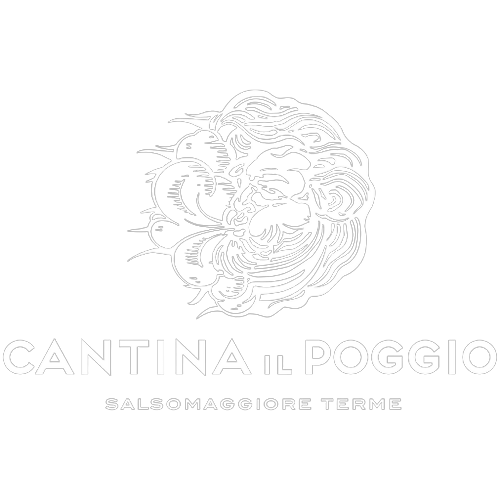A perfect wine tasting
A perfect wine tasting
Let’s discover the techniques for a perfect wine tasting
Wine tasting is not only about deciding if we like or not the strange colorful liquid in our glass. Every taste, of every kind of product, is bound to our psychophysical state in that specific moment.
Wine tasting is different from a simple evaluation. It’s about understanding what’s inside, oround and behind a glass, understanding the journey from the grapes to the wine itself.
Despite what everyone thinks, we do not taste wine to decide if it matches our personal taste, rather to verify it is ready and has no defects. Today, it is extremely rare to identify problems and defects in wines, especially thanks to care that producers devote to producion and to the attention that restaurantes have in keeping wines properly.
Cork taint
Despite the measures taken during production and storage, problems can still arise.
The most common one is the damage to the cork, which is known for giving an unpleasant taste to the wine. In exceptional cases, the wine can oxidize or start a refermentation inside the bottle.
Mistakes and defects can happen, it still doesn’t exits a cellar thet hasen’t made any. It is up to the taster, more or less expert, to understand if it’s a matter of a wrong vinification process, storage or if simply the pairing with the chosen food has ruined the taste of the dish and the glass. We need to use very effective tools, which we all have…

The main senses used fo a perfect wine tasting
The tool to use is nothing more than “the senses”, always at our disposal, with all the training and talent we have available.
Sight: it’s the first sense that comes in when tasting wine. Sight is the sense of suggestion, the eye prepares the brain for the tasting putting oursleves in condition to expect specific sensations based on what we have in front of us. By the color, it is possible to understand a wine even without tasting it… but it is also very common to be blatantly tricked! Color helps us identify the aging of a wine and its opportunity to develop and get better in time. But also the perlage, density and additonal factors such as the quantity of alcohol (given by the bows that form on the glass when we twirl the wine).
Touch: a sense of equal importance compared to the previous ones, has in the mouth its zone of maximum sensitivity. Thanks to this sense, it is possible to identify characteristics of the wine such as body, freshness, alcohol, tannin and, developing and training it, nor can we discover others like solubility, pungency or pasty.
Taste: taste is the first sense we think about, being a product we ingest. Thanks to this sense we can perceive 5 sensations such as bitter, acid, sweet, sour and umami. Umami is most commonly used in asian cuisine and gives to the food a savoury aftertaste, very similar to soy sauce or to the long seasoned Parmigiano Reggiano.
how to make a perfect wine tasting: sight
Not only tools then but also practice, gestures, analysis. The glass must be held by the stem or even from the base. That is the most distant area from the bely of the glass. Why? Putting your hnd on the glass could cause the hetaing of the wine, risking to deceive even the most refined nose with the smell of the skin or the soap you used.
The glass has to be filled 1/3, under the curvature that highlights the nail of the wine. (The nail of the wine is the surface of the wine from wich we detect the colour and the aging by keeping the glass inclined.) In fact, when inclining the glass, the “semicircle” that appears on the body of the glass reveals a gradation of colors called which accurately indicates the color of the wine, its clarity and its transparency.
On the contrary, limpidity has the ability to show us how this aspect of wine is purified from any residues and impurities. When it is too turbid it means that wine contains many substances that obscure its limpidity, but not for this the final quality! (See wines refermented in bottle)
Effervescence is the first thing to be noticed in sparkling wines, that is perlage, the presence of bubbles that makes us understand effervescence and its expectation towards our palate. The view is also the sense that deceives us, because sometimes a color and a perlage can give us an expectation, other times they can only lead us astray on what will be the scents on the nose and palate.
how to make a perfect wine tasting: smell
Before the actual tasting, we do an olfactory test. We smell the wine by keeping the glass under our nose but not too close, in order to prevent the intensity of the aromas from affecting the nose recognition skills.
The next step is to bring the glass at the nose. We have to inspire slowly and deeply, moving the nose away after a few seconds. By now you can create your own impression by detecting the notes and the aromas of the wine you’re going to taste. The olfactory test ca be repetated after twirling the glass, allowing the wine to release new aromas and volatile substances.
How to make a perfect wine tasting: taste
You have to take a small sip of wine, the theorethical quantity should be a teaspoon. Push the wine to the palate to identify the body and the softness, then rotate it through the surface of the mouth. Lastly, take a slight breath to vaporize the volatule substances in this drop of wine and swollow it, and at the end exhale. You’ll be able to perceive new aromas !
This operation, refined and reproduced on all wines, guarantees us a practical and mental method of tasting each wine, to fully grasp the potential of aging, through color, correctness and depth of expression, with the nose, and finally the pleasantness, astringency and ease of drink on the palate.
These are the wine tasting techniques that are used by professionals, those that we use and the one that we teach in Cantina il Poggio during tastings to those who want to take an extra step in the world of wine, in the deepening of the senses and their use for our guests.
There are no expert drinkers, because the world of wine is almost boundless: there are passionate drinkers, busy drinkers and especially curious drinkers, who are our favorites.. If you are curious drinkers, we wait for you in Cantina.

Useful links:
Cantina Il Poggio
https://cantinailpoggio.it/en/cantina-il-poggio-english/
Wine tasting in restaurants
https://www.decanter.com/learn/taste-wine-in-the-restaurant-364949/




Post a Comment